Things Sent to Other Collections
I’m now up to 1935 in the letters and have found a few more things to add to the list of objects that Mary contributed to other collections.
She gave a patchwork to Salford and the Mesmer discs (anyone know what these were?) to Liverpool, Jan 23rd 1930.
In a letter dated 7th July, 1930, there is mention of a tobacco box being sent to Fletcher Moss Museum. Probably long since defunct or is it? Apparently she “turned Mr Sabin (curator, Bethnal Green) away with a taxi nearly full of things…”, in Feb 1930.
Amazingly she also sent some things out to New Zealand (letter, 14th Oct 1931). She writes
“- just lately we have been sending out pictures and many objects of the past to New Zealand for a museum at Timaru”.
No mention of who or how she is connected to that particular museum, but I wonder what we could find out. Batho’s response is lovely
“How splendid of you after doing all you have for galleries in the old world that you should now tackle galleries in the new world.”
In 1932 (July, 3rd) Mary mentions a small box of things for a Mr Gilbert Williams, curator at Stockport (museum or Art Gallery?). He is mentioned again in 1933 along with Mr Maltby, curator at Salford. So more things sent then. And in a letter dated 8th July, 1934 there is a list of more things for Stockport including an “Egg boiler with ivory or bone uprights, The Pedlar Lady, small number of kitchen toys, 1 doll (1900 cent) and a travelling ink well” (ooh Hazel an ink well that travelled – where did it go?!).
She also gave more things to the Manchester Museum, two earthenware jars (Cypriot) and a dish (Egyptian) and an Ushabti (whatever that is) in July 8th, 1932.
We already know that Mary gave lots of things to “her Westmill Museum”. The letters show that there was a catalogue for the Westmill collection ‘The History of Westmill’ by Guy Ewing. Mary sent a number of these catalogues to Manchester and at least 24 were placed in Manchester branch libraries (including Stretford, Eccles, Walkden and Davyhulme). One was even sent to Cyril Fox, Director of the National Museum of Wales, Cardiff! It would be fascinating to track one of these down, if they still exist, to see what was included. We might come across some old friends! Sharon

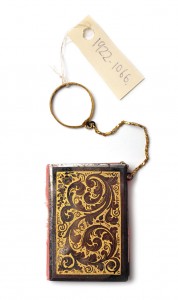
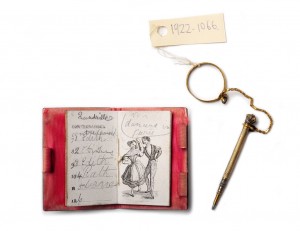
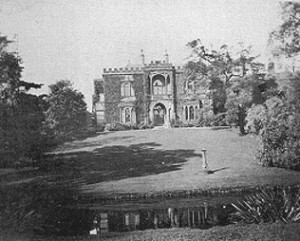
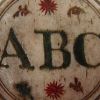
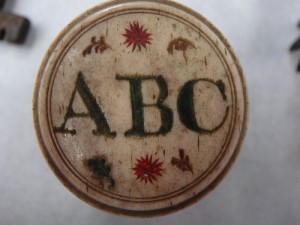
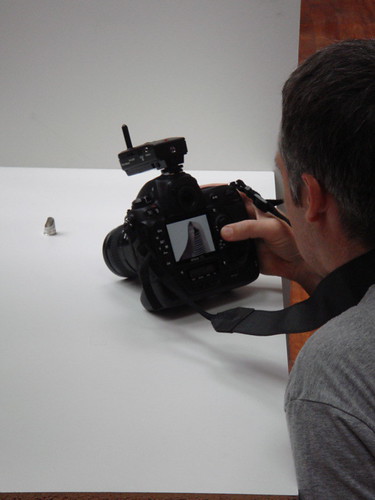
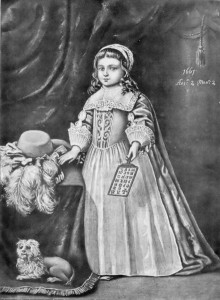
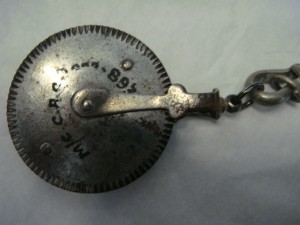

Comments